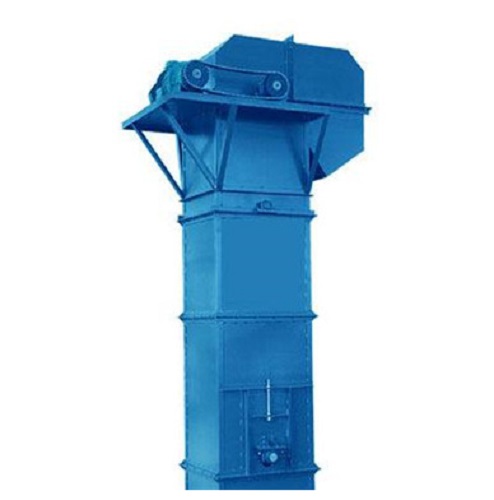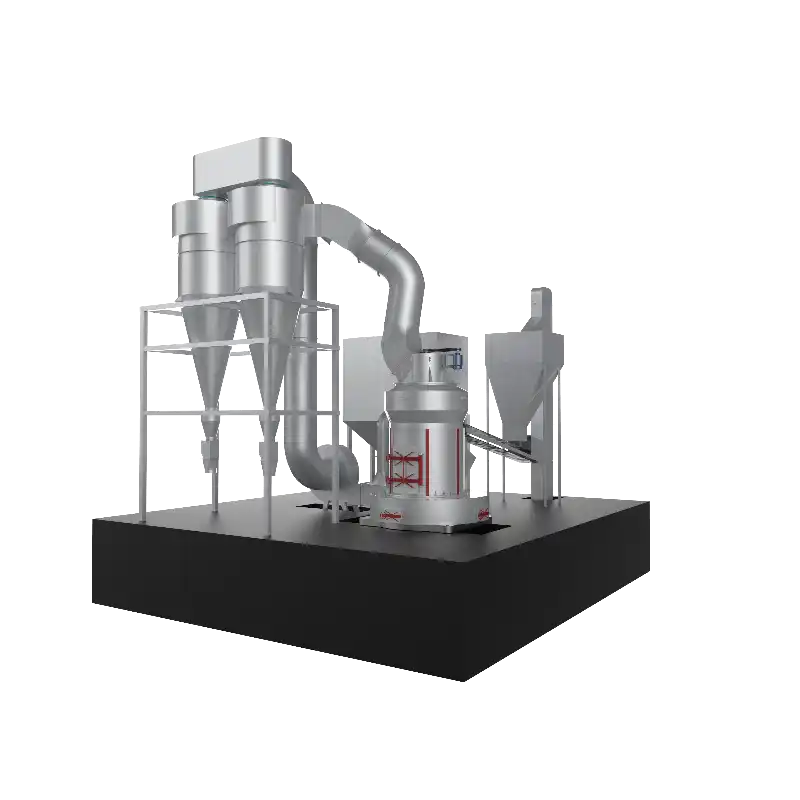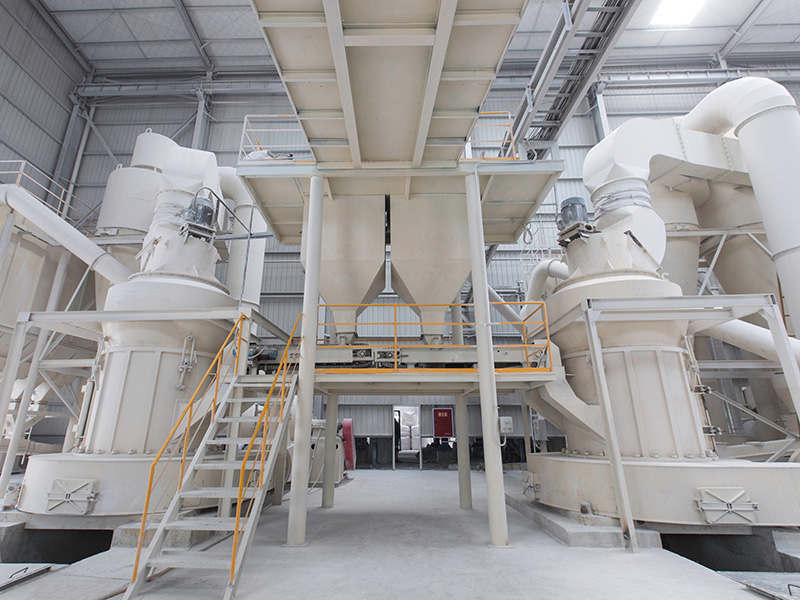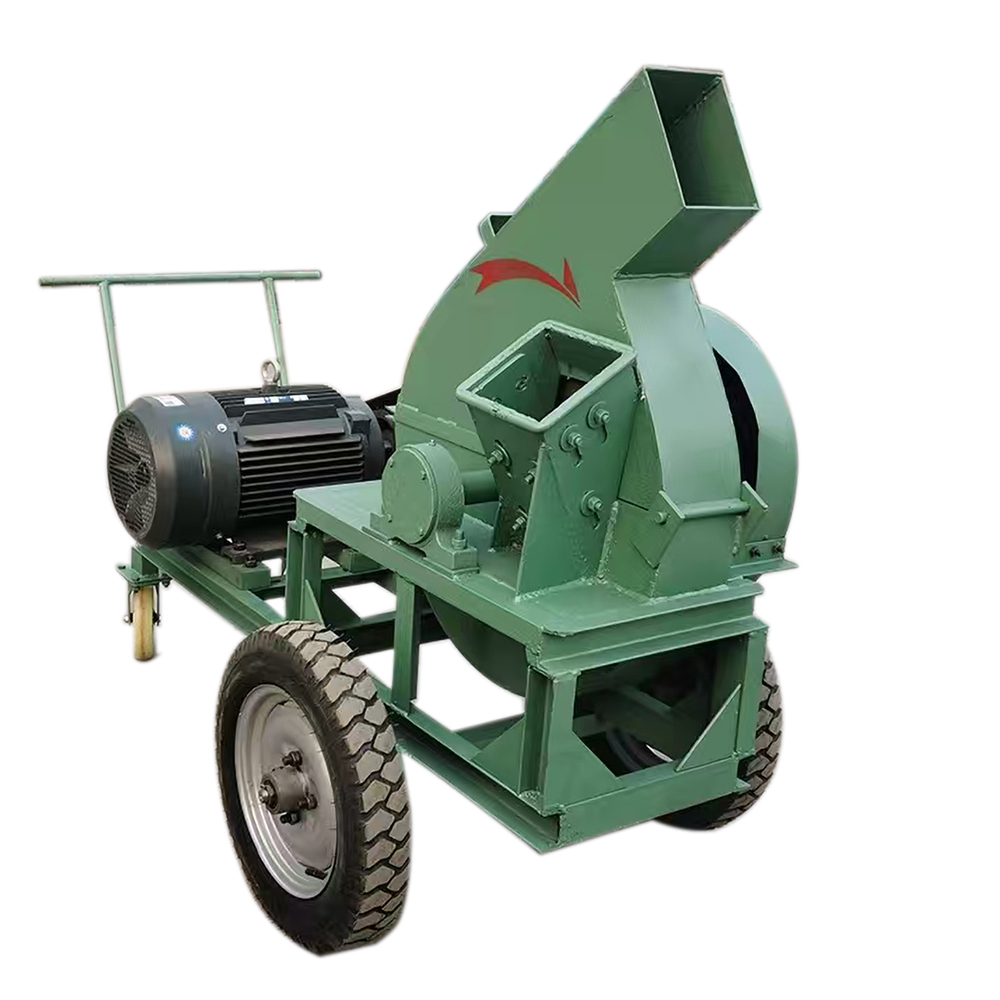Contents Catalog
Lime Digestion Process is the key to how to slake lime.
Lime, chemically known as calcium oxide (CaO), is widely used in various industries such as construction, metallurgy, environmental protection, and chemical production. The process of lime digestion, which converts quicklime (CaO) into hydrated lime [Ca(OH)₂], is a crucial step. Understanding the lime digestion production line and its工艺流程 is essential for efficient and high-quality lime utilization.
Raw Material Preparation
The first stage involves the preparation of raw materials. High-quality quicklime is the primary input. The quicklime should meet specific purity and reactivity requirements. It is typically sourced from limestone calcination in a lime kiln. Before entering the digestion process, the quicklime is crushed and screened to achieve a uniform particle size. This ensures consistent reaction rates during digestion. Oversized lumps are broken down, and fine powders are separated to avoid clogging in subsequent equipment.

Digestion Reaction
The heart of the process is the digestion reaction. Quicklime is added to water in a controlled manner. The reaction is highly exothermic, releasing a significant amount of heat. The chemical equation for lime digestion is:
CaO + H₂O → Ca(OH)₂ + Heat.
The reaction rate depends on factors like the temperature of water, the quality and particle size of quicklime, and the mixing intensity. To control the reaction, water is usually preheated to an optimal temperature range, typically between 60°C – 80°C. This helps initiate the reaction promptly and maintain a stable reaction rate. The quicklime and water are mixed thoroughly in a digestion tank, often equipped with mechanical agitators. These agitators ensure continuous contact between the reactants, preventing the formation of unreacted quicklime cores and promoting uniform hydration.
Slaking and Maturation
After the initial intense reaction, the mixture enters a slaking stage. Here, the newly formed hydrated lime slurry needs time to complete its transformation. The slaking process can last for several hours. During this period, the slurry is continuously stirred at a slower speed to allow any remaining unreacted quicklime to react fully.
Adequate slaking time is crucial to achieve the desired chemical properties of the hydrated lime. After slaking, the slurry proceeds to a maturation tank. In the maturation tank, the hydrated lime slurry is held for further stabilization. This helps improve the plasticity and reactivity of the hydrated lime, making it more suitable for downstream applications. The temperature and agitation conditions in the maturation tank are carefully controlled to optimize the quality of the end product.
Separation and Classification


Once the hydrated lime slurry has matured, the next step is separation. The slurry contains solid hydrated lime particles suspended in water. Centrifugal separators or rotary vacuum filters are commonly used to separate the solid and liquid phases. These devices work on the principle of differential density and centrifugal force. The separated liquid, known as lime water, can be recycled back into the digestion process to conserve water and reduce waste.
The solid hydrated lime cake obtained from the separation process is then classified based on particle size. Sieving or air classification techniques are employed to produce different grades of hydrated lime powder. Finer powders are often used in applications where reactivity and surface area are critical, such as in flue gas desulfurization in power plants. Coarser grades find use in construction materials like mortar and plaster.
Drying and Packaging
For many applications, the hydrated lime needs to be in a dry powder form. The separated and classified hydrated lime is sent to a dryer. Flash dryers or spray dryers are typically used. These dryers use hot air or other heating media to evaporate the remaining moisture in the hydrated lime. The drying temperature and air flow rate are carefully controlled to prevent overheating, which could affect the quality of the lime. Once dried to the required moisture content, usually less than 1%, the hydrated lime powder is conveyed to the packaging section.
Packaging is done in various forms depending on customer requirements. It can be in bulk bags for large industrial users or in smaller, sealed bags for retail or small-scale applications.
Quality Control and Environmental Considerations
Throughout the lime digestion production line, strict quality control measures are implemented. Samples are taken at multiple points to monitor parameters such as the reactivity of quicklime, the degree of hydration, particle size distribution, and moisture content. Any deviations from the set quality standards trigger corrective actions. From an environmental perspective, the lime digestion process needs to address potential emissions.
Dust emissions from crushing, conveying, and drying operations are captured using bag filters or electrostatic precipitators. The heat released during the digestion reaction can be recovered and utilized in other parts of the plant, improving energy efficiency. Additionally, proper management of waste lime water and solid residues is essential to prevent environmental pollution.
Some calcium hydroxide production lines on site





In conclusion, the lime digestion production line is a complex yet well-orchestrated process. Each stage, from raw material preparation to drying and packaging, plays a vital role in producing high-quality hydrated lime. With continuous technological advancements and strict adherence to quality and environmental standards, the lime industry can meet the growing demands of diverse sectors while minimizing its ecological footprint. Understanding and optimizing this process is key to unlocking the full potential of lime in modern industrial applications.

lime shaft kiln

Calcium hydroxide mill and separator







